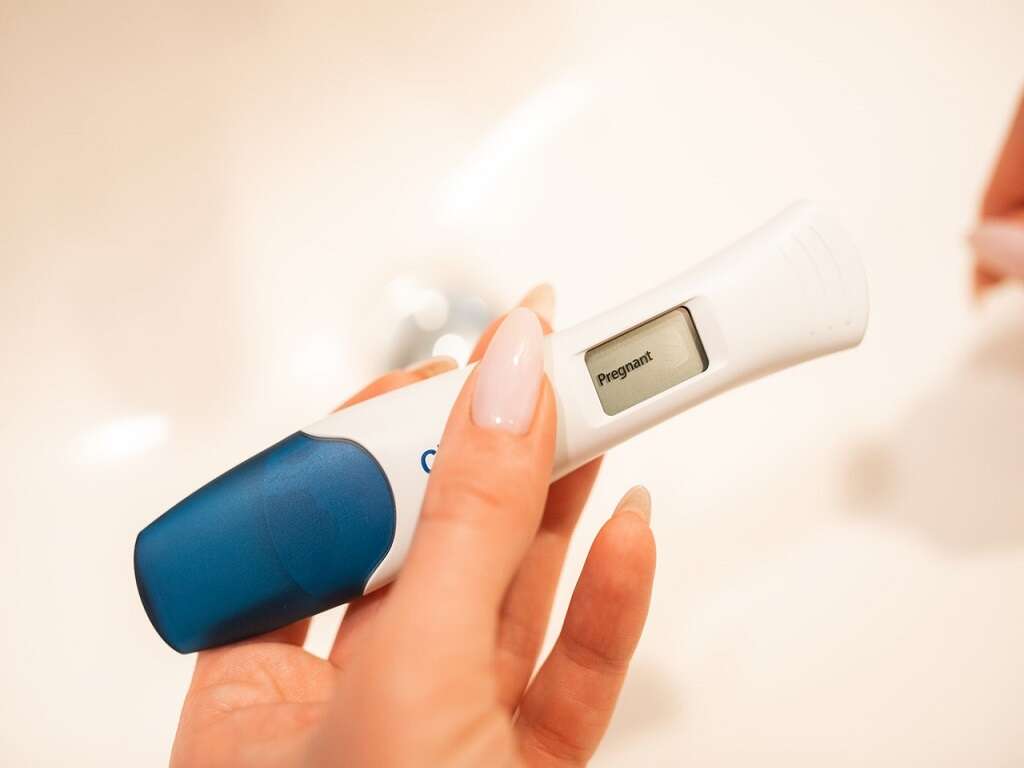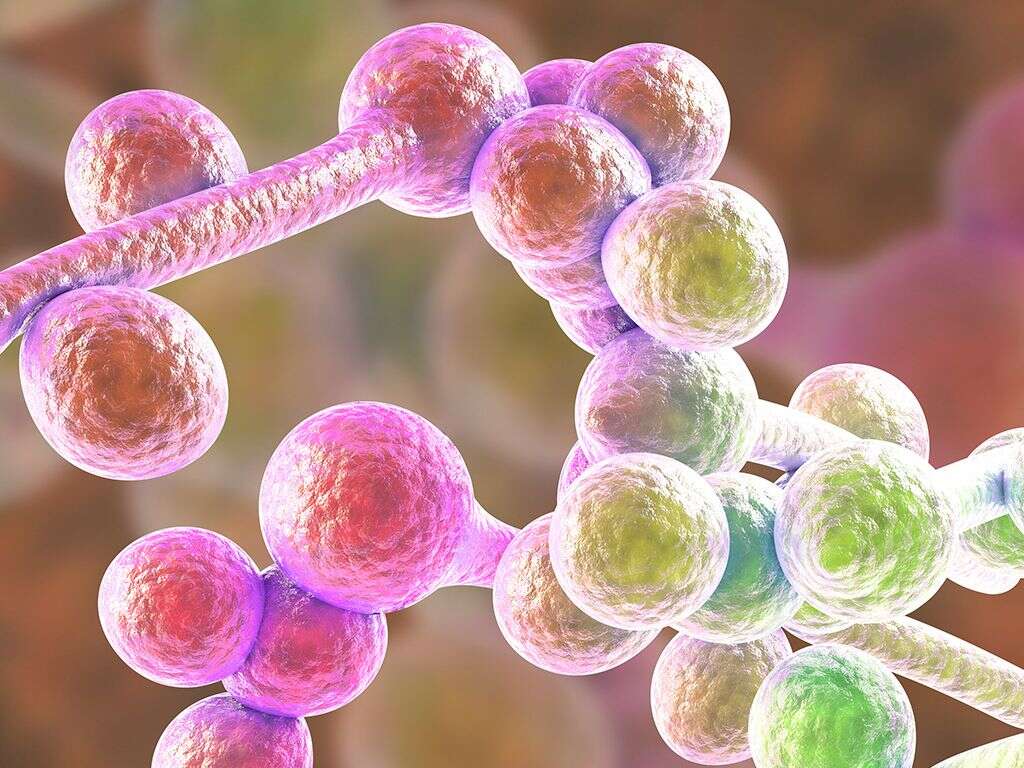10 Adenomyosis Symptoms
Adenomyosis is a condition where there is an abnormal presence of endometrial tissue in the myometrium. This means that there is uterine lining located in the muscular layer of the uterus. Adenomyosis is similar to endometriosis where the endometrial tissue is located outside the uterus.
It is a common and poorly understood condition observed to affect women of all ages. It has been associated with multiparity, middle age, and a history of gynecologic surgery. The definitive diagnosis for adenomyosis requires a histologic exam of a surgical specimen during a hysterectomy. This condition has been estimated to affect between 20 to 30 percent of the general population. Patient education is important to help patients understand the prognosis and treatment.
Those with mild adenomyosis may not require any treatment. The aim of treatment is to reduce the symptoms of adenomyosis using options such as anti-inflammatory medications, hormonal treatments, endometrial ablation, uterine artery embolization, magnetic resonance imaging, guided focused ultrasound surgery, and hysterectomy.

Symptom #1: Dysmenorrhea
Dysmenorrhea, or menstrual cramps, refers to pain that occurs during menstruation. Dysmenorrhea usually begins during menstruation and resolves once menstruation is over. The pain is usually felt in the lower abdomen and can include other symptoms such as diarrhea, back pain, and nausea.
Dysmenorrhea commonly occurs in younger women without any underlying issues. However, among older women, dysmenorrhea is usually caused by underlying issues such as adenomyosis, endometriosis, and uterine fibroids. Medications that may be helpful include paracetamol (acetaminophen) and non-steroidal anti-inflammatory drugs (NSAIDs).

Symptom #2: Menorrhagia
Menorrhagia, or heavy menstrual bleeding, is excessive and abnormal uterine bleeding. Some causes of menorrhagia are structural anomalies of the reproductive tract, cancer of the reproductive tract, bleeding disorders, anovulation, uterine fibroids, and adenomyosis, among others.
Heavy menstrual bleeding occurs when the total menstrual flow is more than 80 milliliters per cycle. Menorrhagia can result in shortness of breath, fatigue, and weakness. Patients can be given iron and folic acid supplements if the anemia is mild. Definitive treatment depends on the underlying cause of menorrhagia.
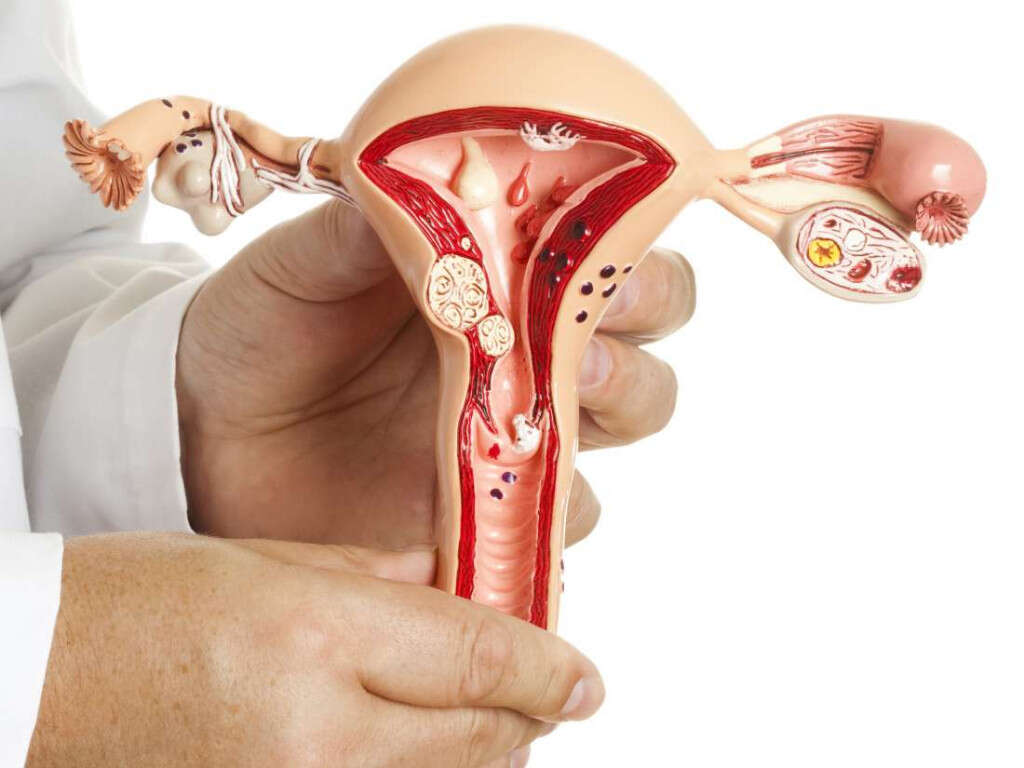
Symptom #3: Dyspareunia
Dyspareunia is a term that describes painful sexual intercourse that can be due to psychological or medical causes. The pain can be felt either on the surface or deeper in the pelvis. To help understand the nature of the pain, it is important to find out the location and duration of the pain.
Some causes of dyspareunia are tissue injury in the pelvis, cancer of the reproductive tract, infections, anatomical variations in the pelvis, endometriosis, adenomyosis, and pelvic masses. Dyspareunia occurs in about 7 percent of patients with adenomyosis.

Symptom #4: Chronic Pelvic Pain
Chronic pelvic pain refers to pain that occurs below the belly button between the hips lasting six months or longer. There are many causes of chronic pelvic pain. Some associated symptoms of chronic pelvic pain include dyspareunia, pain when sitting for long durations, pain during defecation, and pain during urination.
Causes of chronic pelvic pain include musculoskeletal disorders (inflammation of pubic symphysis, hernia), endometriosis, ovarian remnant, chronic pelvic inflammatory disease, fibroids, interstitial cystitis, irritable bowel syndrome, psychological factors, pelvic congestion syndrome, and adenomyosis. The treatment depends on the underlying cause of the pain.
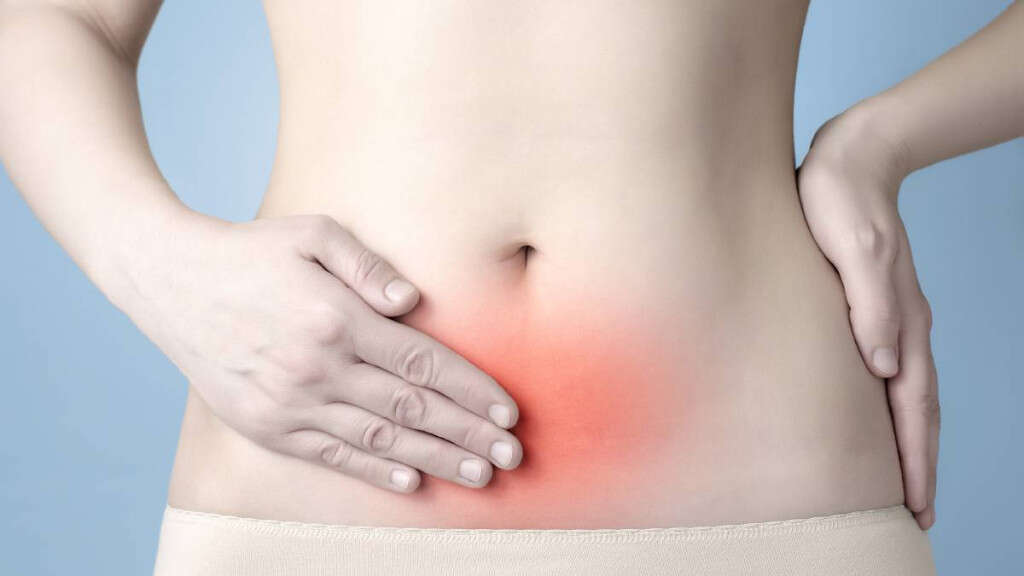
Symptom #5: Metrorrhagia
Metrorrhagia, or intermenstrual bleeding, refers to abnormal uterine bleeding which is irregular and occurs between the expected menstruation. In some women, spotting during ovulation is a normal occurrence.
Abnormal causes of intermenstrual bleeding are uterine fibroids, hormone imbalance, uterine cancer, endometriosis, vaginal cancer, and adenomyosis. Repeated episodes of bleeding that are heavy can result in iron deficiency anemia. Since cancer is a possibility, women with intermenstrual bleeding should see a doctor to rule out serious conditions.

Symptom #6: Infertility
Infertility is the inability to conceive or carry a pregnancy to term. Infertility can be in either males or females. In males, infertility is commonly due to deficiencies in the semen. Meanwhile, female infertility is often due to ovulatory issues. Some causes of infertility include the presence of antisperm antibodies, sexually transmitted infections, polycystic ovarian syndrome, pelvic inflammatory damage, endometriosis, advanced maternal age, and adenomyosis.
Infertility occurs in approximately 11 to 12 percent of patients with adenomyosis. Besides that, adenomyosis has also been associated with a higher incidence of premature rupture of membranes and preterm labor.
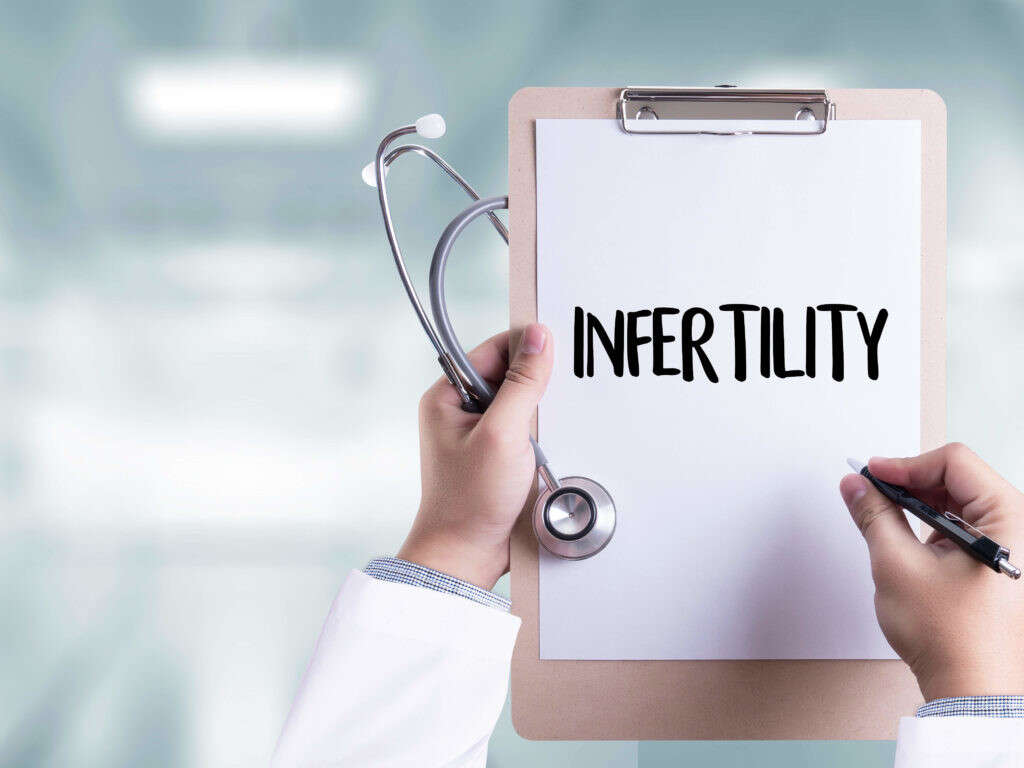
Symptom #7: Abdominal Distension
Abdominal distension usually occurs when there are substances such as fluid or gas that accumulate in the abdomen. This causes expansion of the abdomen. Patients often describe feeling bloated, increased pressure in the abdomen, or a sensation of fullness.
It is an issue commonly seen in various disorders such as Crohn’s disease, ulcerative colitis, diabetes, and lactose intolerance. In adenomyosis, the uterus can become diffusely enlarged which leads to a feeling of increased pressure in the abdomen and pressure on the bladder.

Symptom #8: Pallor and Shortness of Breath
Pallor refers to a paleness of the skin that can be caused by anemia, emotional shock, or stress. It occurs when there is reduced oxyhemoglobin causing the skin and mucous membrane to appear pale. Shortness of breath, or dyspnea, describes the feeling when one feels that they are unable to breathe well.
Patients with this issue often describe chest tightness, the need for increased effort to breath, and air hunger. In adenomyosis patients, both pallor and shortness of breath can be attributed to anemia caused by the heavy and intermenstrual bleeding that occurs.

Symptom #9: Fatigue
Fatigue describes a gradual feeling of tiredness that can be alleviated by rest. Fatigue can be divided into physical and mental fatigue. Physical fatigue occurs when there is a temporary inability of a muscle to maintain maximal physical performance. Mental fatigue refers to the temporary decrease of optimal cognitive performance. Fatigue can manifest as lethargy or somnolence.
In patients with adenomyosis, fatigue can be due to anemia caused by heavy or intermenstrual bleeding.

Symptom #10: Anxiety and Depression
Anxiety is an unpleasant emotion where there is inner turmoil leading to somatic complaints, rumination, and nervous behaviour such as pacing back and forth. Individuals with anxiety often have a feeling of dread such as the feeling of imminent death. Anxiety should not be confused with fear which is a response to a perceived immediate threat.
Depression describes a low mood which can affect behaviour, thoughts, and feelings. Anxiety and depression have been linked to individuals who have adenomyosis. It is important for patients to tell their doctor if they feel anxious and depressed.




